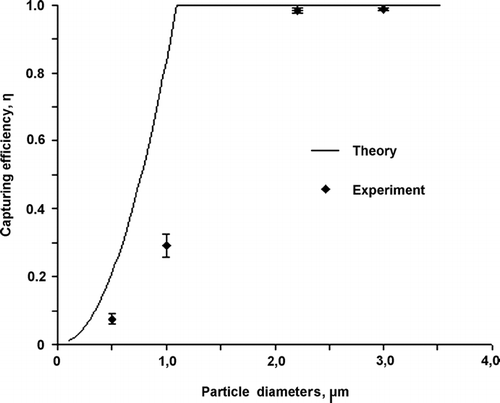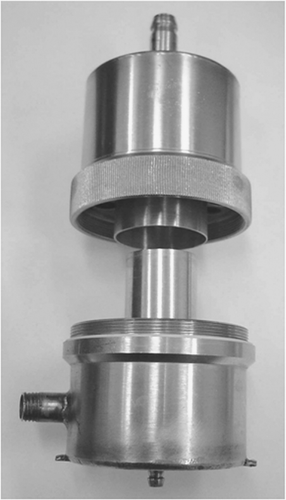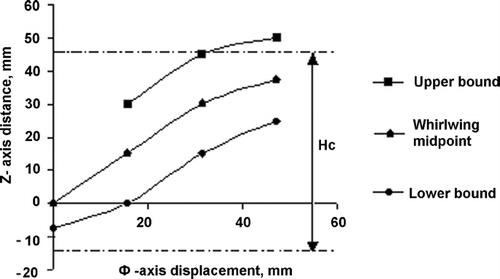Figures & data
FIG. 1 Schematic diagram of a sampler with recirculating liquid film. HC is the actual cyclone height; H is the cyclone height measured from the nozzle axis; R is the radius of the cyclone; rc is the distance between the cyclone center axis and the nozzle axis; and rB is the vortex radius.
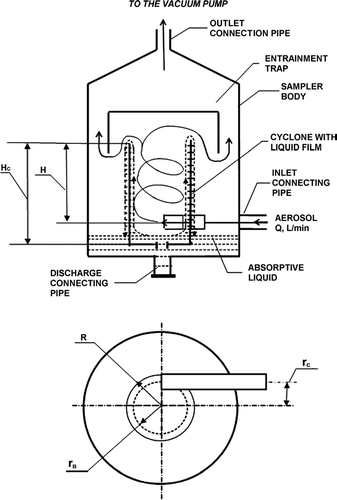
FIG. 4 Particle capturing efficiency in the swirling cyclone calculated under (a) different cyclone diameter 2R (Q = 60 l/min) and (b) different airflow rate Q (2R = 20 mm). Cyclone height H is 50 mm and nozzle diameter is 4 mm.
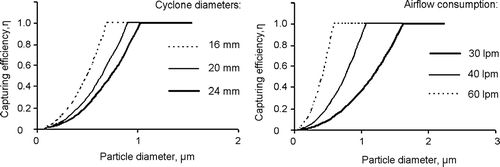
FIG. 5 Differential efficiency of particle capturing in the swirling cyclone calculated under (a) different particle sizes d p (Q = 60 l/min) and (b) different airflow rates Q (d p = 1 μm). Cyclone height H is 50 mm and diameter is 20 mm. Nozzle diameter is 4 mm.
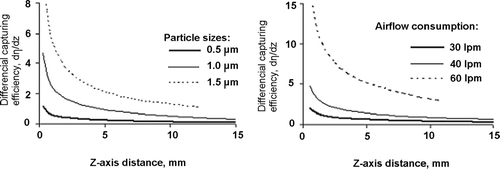
FIG. 7 (a) Schematic diagram of the setup for different experiments; (b) Top-view of points for pressure measurements using a mobile sonde connected to mP1.

TABLE 1 Pressure evaluation with mobile sonde near swirling cyclone wall
TABLE 2 Pressure evaluation on 1–3 and 2–4 profiles depending on sonde distance from cyclone wall
FIG. 9 Relationship of flow rate and static pressure measured on the cyclone wall at the height of 15 and 30 mm.

TABLE 3 Maximal water-film heights for cyclones of various design and operating parameters. Both the cyclone height and the maximal height of the water film were distances from the bottom of the cyclone
TABLE 4 Comparison of maximal liquid-film heights between measurements using soldered-in sonde tubes and predictions calculated from Equation (Equation18). Swirling cyclone has the dimension of diameter 20 mm, height 55 mm, nozzle 2 × 6 mm
FIG. 10 The imprint of stained particles settling in the swirling cyclone using a rectangular nozzle. Note that the cut around the nozzle causes the missing sections in the imprints. (Cyclone diameter is 20 mm, height is 55 mm, nozzle dimension is 2 × 6 mm. Air consumption is 80 l/min.).
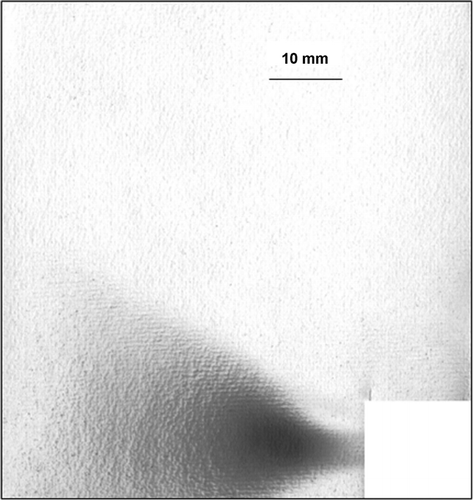
FIG. 11 The imprint of stained particles settling in the swirling cyclone using a circular nozzle. Note that the cut around the nozzle causes the missing sections in the imprints. (Cyclone diameter is 20 mm, cyclone height is 55 mm, nozzle diameter is 4 mm, and air consumption is 80 l/min.).
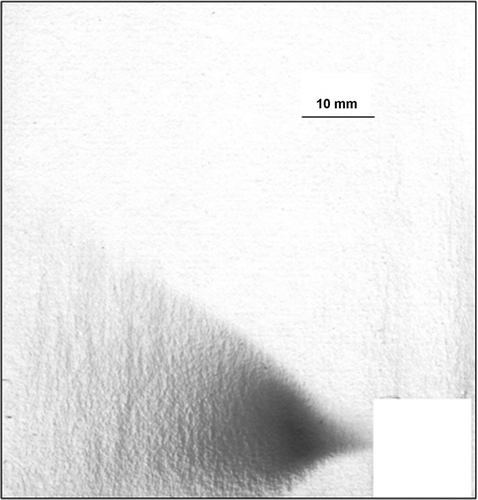
FIG. 12 Capturing efficiencies of monodisperse latex particles in the swirling sampler. The data points were experimentally obtained and the curve was theoretically calculated using Equation (Equation30).
